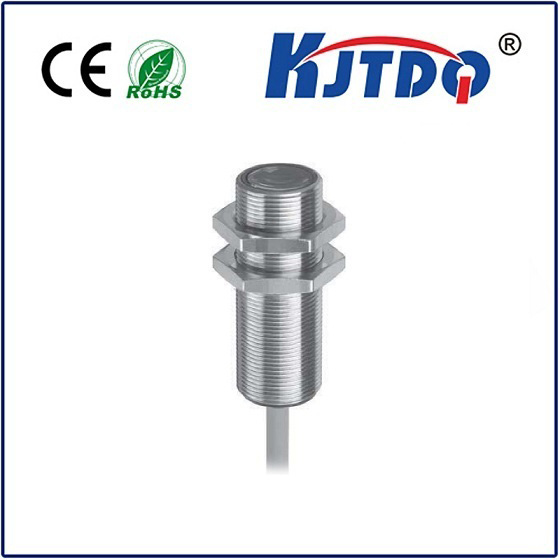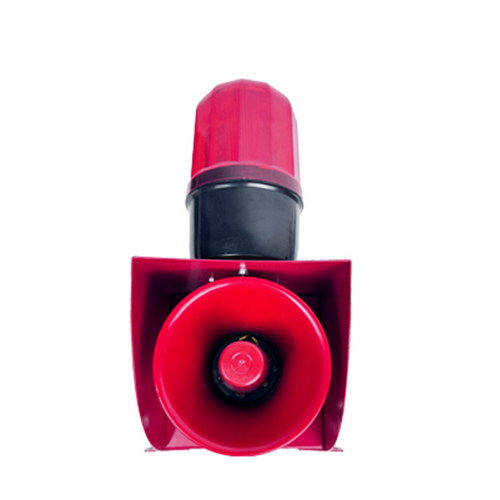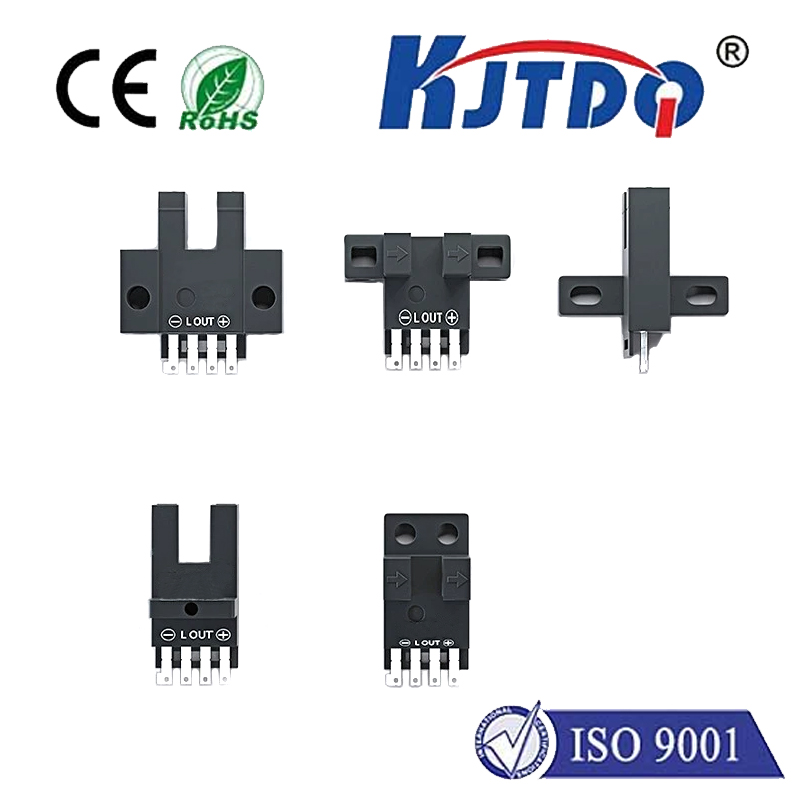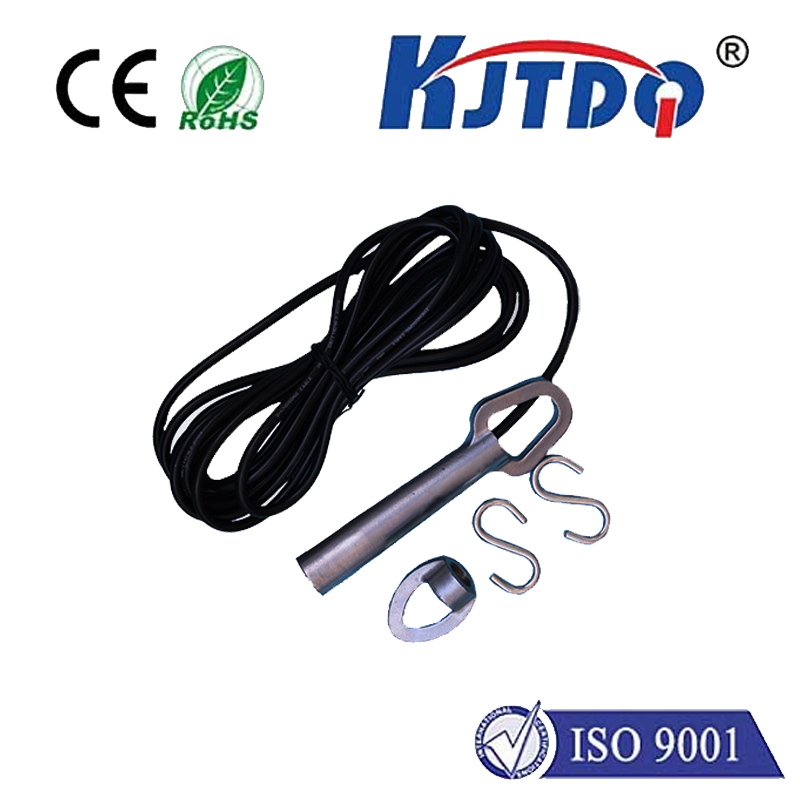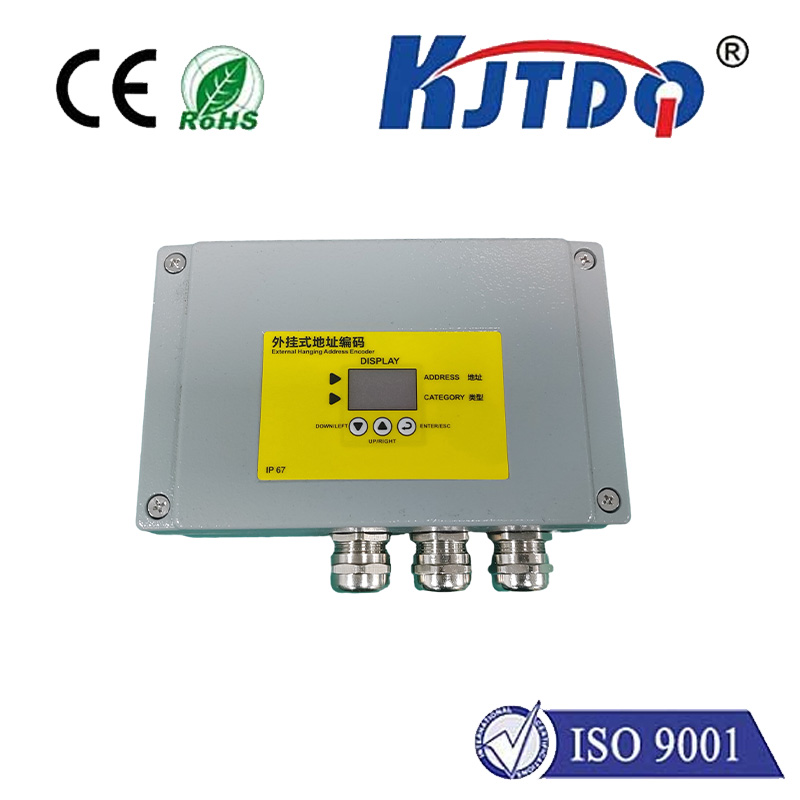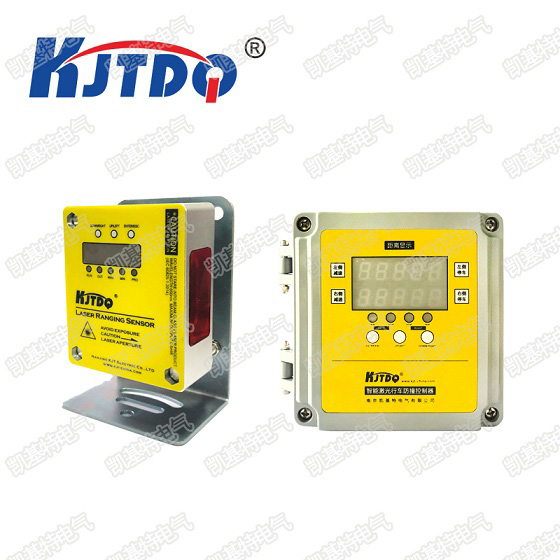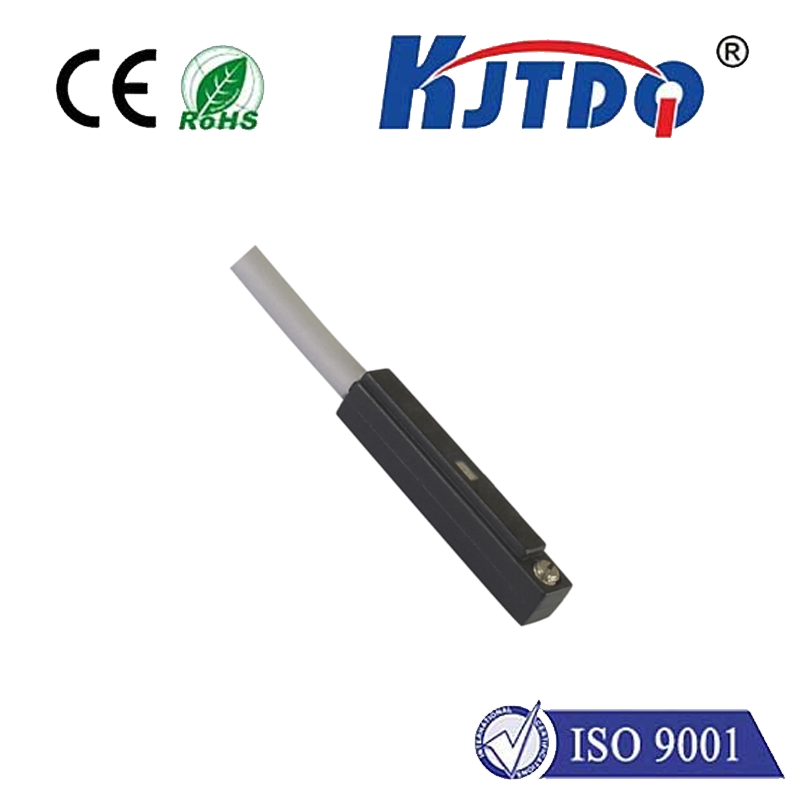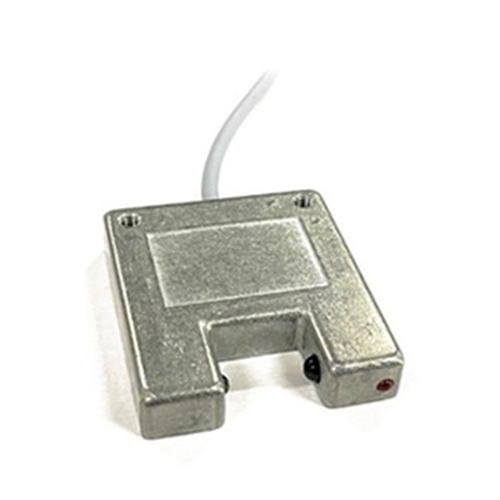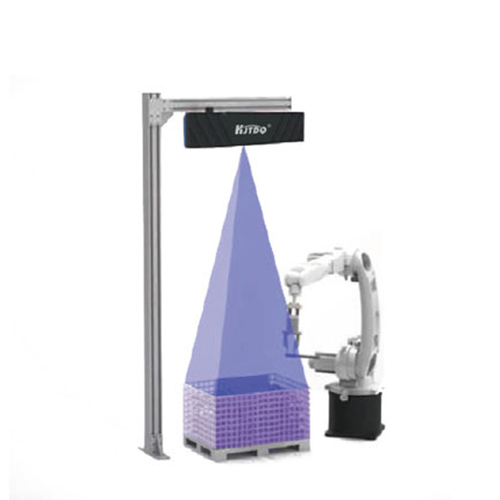

check

check

check

check

check

check

check

check

check

check
In today's digital age, the Internet of Things (IoT) has revolutionized the way we interact with our environment. One key component that enables efficient and seamless communication between devices is the proximity sensor. Tasker proximity sensors are at the forefront of this technology, providing a range of benefits for businesses and individuals alike. In this essay, we will explore the potential of Tasker proximity sensors and how they can be leveraged to achieve enhanced automation and real-time monitoring.
Firstly, the Tasker proximity sensor offers an effective solution for improving automation processes in various industries. By leveraging the sensor's ability to detect objects in its vicinity, tasks can be automated more efficiently than ever before. For instance, in manufacturing facilities, Tasker proximity sensors can be used to monitor the location and status of machines, ensuring that they are running optimally and minimizing downtime. This not only saves time and money but also reduces the risk of accidents or equipment breakdowns.
Secondly, Tasker proximity sensors provide invaluable real-time monitoring capabilities. These sensors can be placed virtually anywhere within a facility or system, allowing for continuous monitoring of key parameters such as temperature, humidity, air quality, and energy consumption. This information can be used to optimize operations, detect issues early on, and make informed decisions quickly. Additionally, by integrating data from multiple proximity sensors, businesses can gain a more comprehensive understanding of their environment and identify areas for improvement.
Moreover, Tasker proximity sensors are highly versatile and customizable, making them suitable for a wide range of applications. They can be designed for indoor or outdoor use, and their small size and low power consumption ensure that they can be easily integrated into various devices and systems. Furthermore, these sensors can be programmed to perform specific tasks or trigger actions based on predefined conditions or user input. This level of flexibility makes them an ideal choice for applications where adaptability is key.
In conclusion, Tasker proximity sensors offer a range of benefits that can enhance automation processes and improve real-time monitoring capabilities. As IoT technology continues to evolve, it is expected that these sensors will become even more prevalent in various industries and applications. By embracing this technology, businesses and individuals can unlock new levels of efficiency and productivity while also reducing costs and improving safety.
